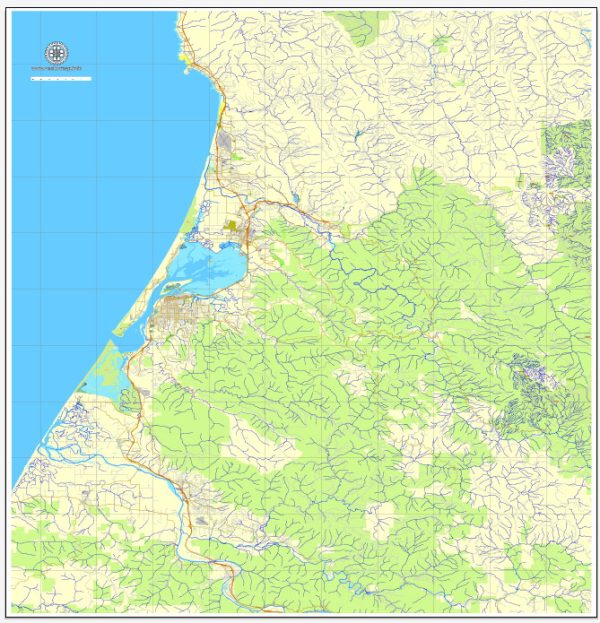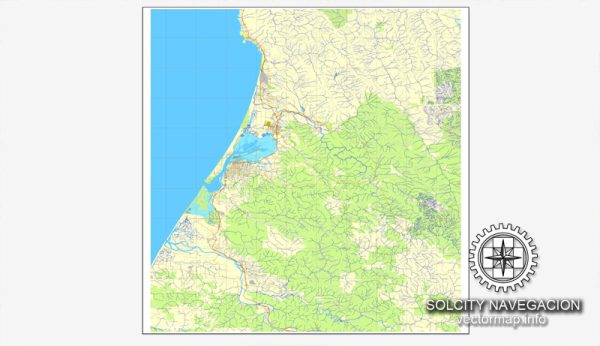Eureka, located in Humboldt County, California, has a rich history of urban development that is closely tied to the region’s economic activities, natural resources, and cultural evolution. Here’s a brief overview of the historical urban development of Eureka:
- Early Settlement and Indigenous Peoples:
- Before European colonization, the area around Eureka was inhabited by the Wiyot and Yurok Native American tribes. These indigenous peoples had a deep connection with the land and its resources.
- European Exploration and Settlement:
- In the mid-19th century, European settlers arrived in the area, attracted by the abundant natural resources such as timber and fish. The city was officially founded in 1850, and it quickly became a key port for shipping and trade.
- Timber Industry Boom:
- Eureka experienced significant growth during the late 19th century due to the booming timber industry. The city served as a hub for the processing and shipment of redwood lumber, which was in high demand across the United States.
- Victorian Architecture:
- The wealth generated by the timber industry contributed to the construction of many elaborate Victorian-style homes and buildings. Some of these historic structures still stand today and are part of the city’s cultural heritage.
- Port and Shipping:
- Eureka’s location along the Pacific Coast made it a strategic port for shipping goods to and from the region. The port played a crucial role in the economic development of the city, facilitating trade and commerce.
- Cultural and Economic Shifts:
- Over the years, Eureka has experienced economic shifts, including the decline of the timber industry and the rise of other sectors such as tourism and healthcare. The city’s economy diversified, and Eureka became known for its historic charm and natural beauty.
- Preservation Efforts:
- In recent decades, there has been a concerted effort to preserve Eureka’s historic architecture and maintain the character of the city. The Old Town district, with its well-preserved Victorian buildings, is a testament to these preservation efforts.
- Tourism and Outdoor Recreation:
- Today, Eureka attracts visitors with its historic charm, cultural events, and outdoor recreational opportunities. The city’s proximity to the Redwood National and State Parks makes it a gateway for exploring the awe-inspiring redwood forests.
In summary, Eureka’s history of urban development is closely tied to its natural resources, particularly timber, and its role as a key port on the Pacific Coast. Over the years, the city has evolved, adapting to changing economic conditions and placing a strong emphasis on preserving its rich architectural and cultural heritage.



 Author: Kirill Shrayber, Ph.D.
Author: Kirill Shrayber, Ph.D.